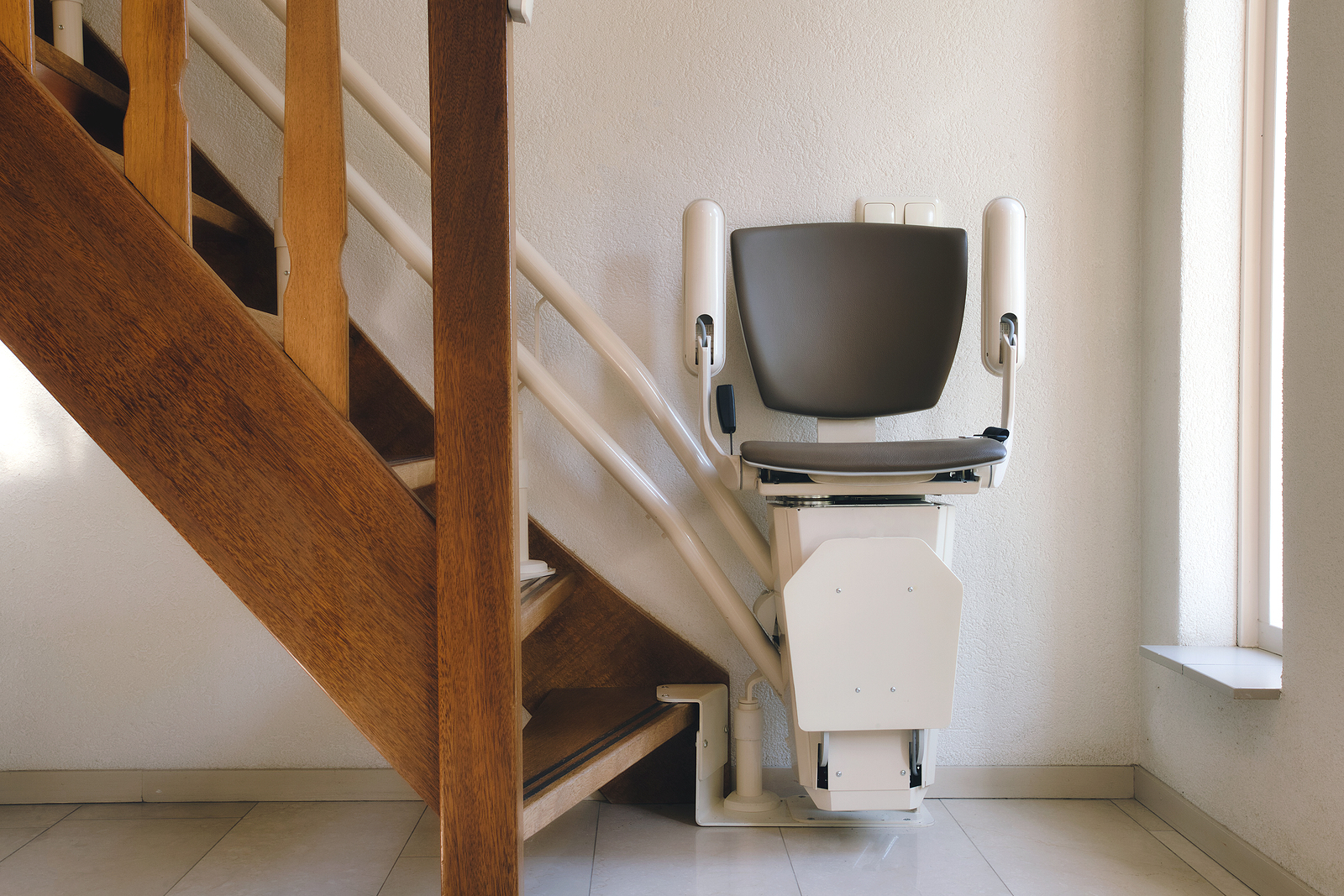As part of the evolution of the accessible house, stairlifts were a critical invention that ensured that people could retain as much of their independence as possible even if they struggled with temporary or long-term mobility issues.
However, whilst the modern history of the stairlift begins in the 1920s and C.C. Crispen’s Inclinator, the origin of the chair that could climb stairs could have a much earlier origin point than most people would otherwise expect.
Most people are aware of King Henry VIII. He was the son of Henry Tudor, married six times and founded the Church of England in part so he could have his first marriage annulled, alleged (but unlikely) composer of Greensleeves and also allegedly the inventor of the “stairthrone”.
According to Tudor historian David Starkey, a list of the king’s possessions strongly suggests that he used a specially constructed stair-climbing chair during his later years when his injuries and decadent lifestyle caught up with him.
According to the historian, the system was set up at the Palace of Whitehall, where after the king had injured himself jousting at the tiltyard in 1536, he suffered mobility problems that would affect him for the remaining 11 years of his life.
After commissioning a solution, the concept of the “stairthrone” began to take shape. A throne was fitted with a dedicated block and tackle pulley system, and when the king sat down on the throne, a group of servants would diligently pull the ropes and hoist the chair up the steps.
Given the amount of physical effort involved and the expense of creating such a system in the 16th century, only King Henry was known to use such a system, and by the time the stairlift became more commonplace in the 20th century, much more powerful and convenient electricity was used instead.


